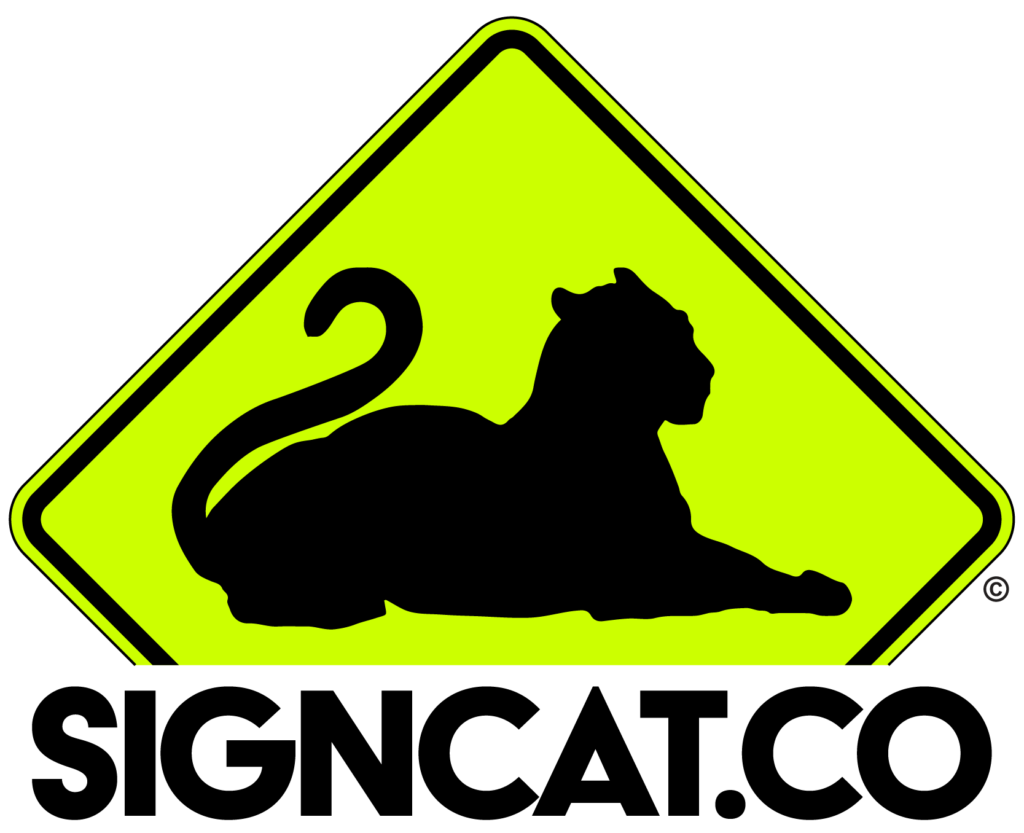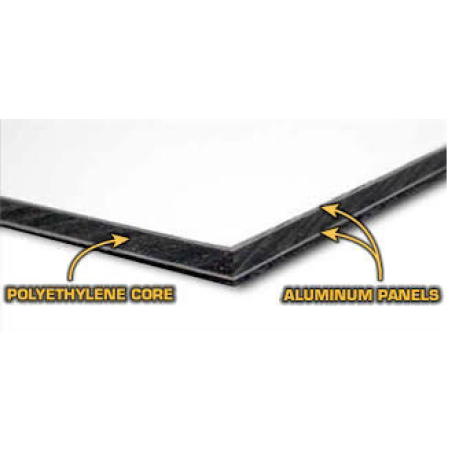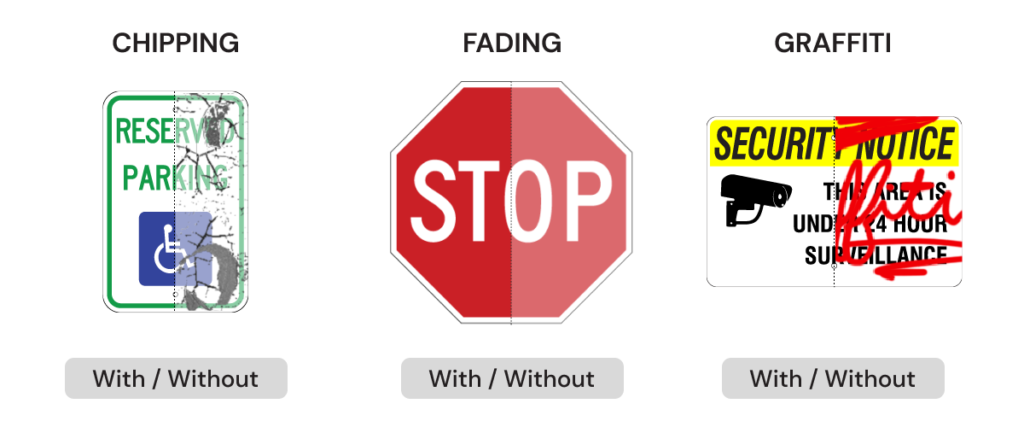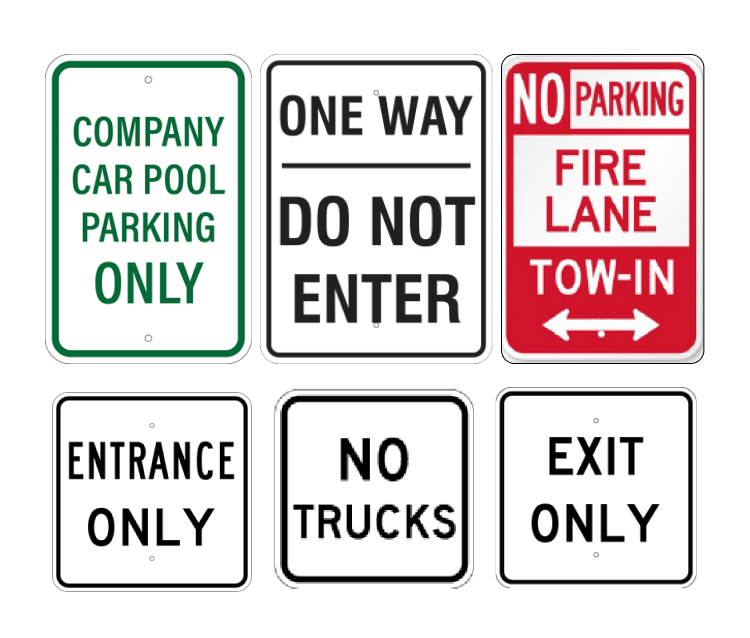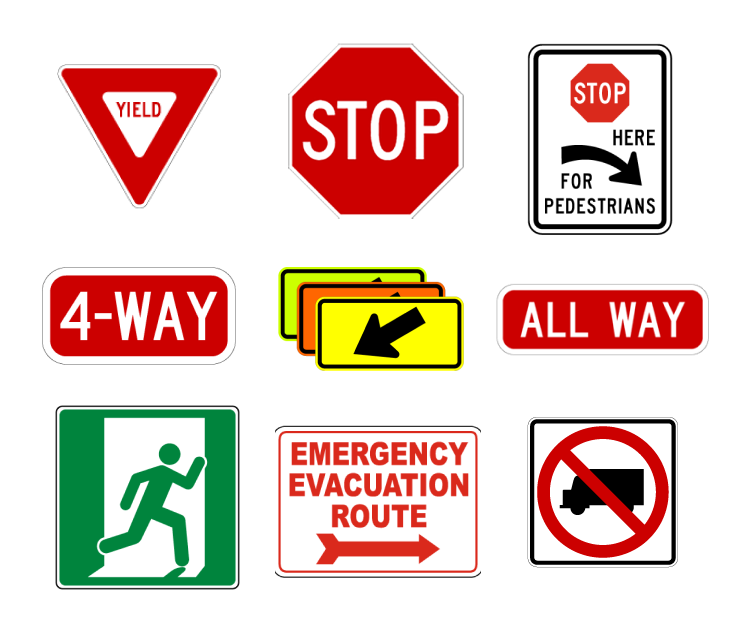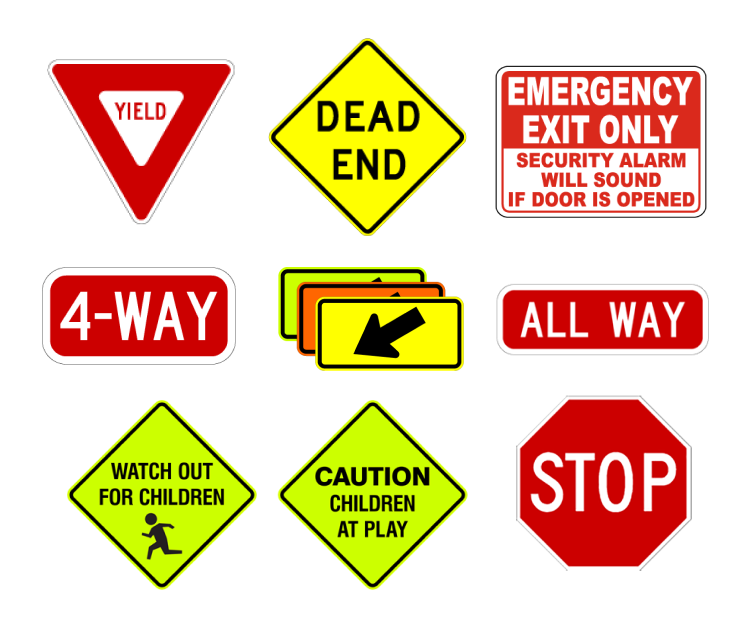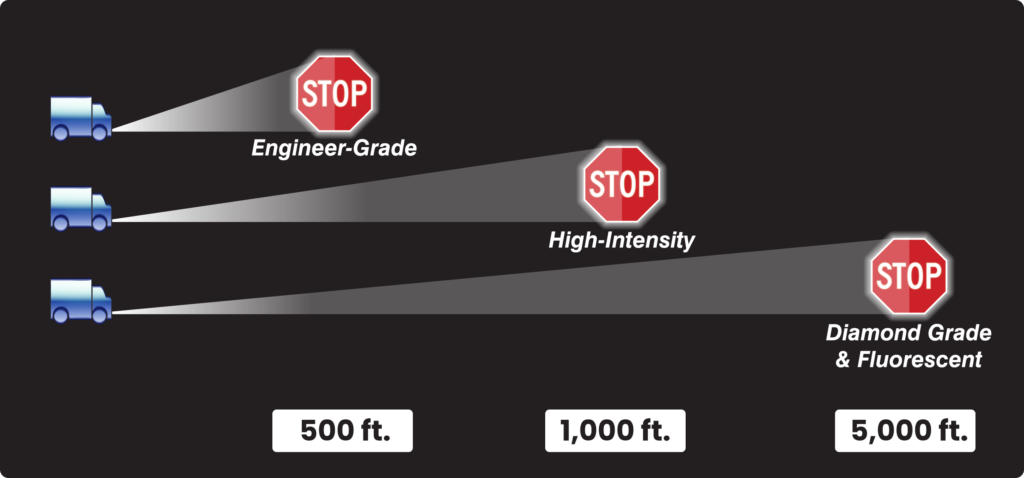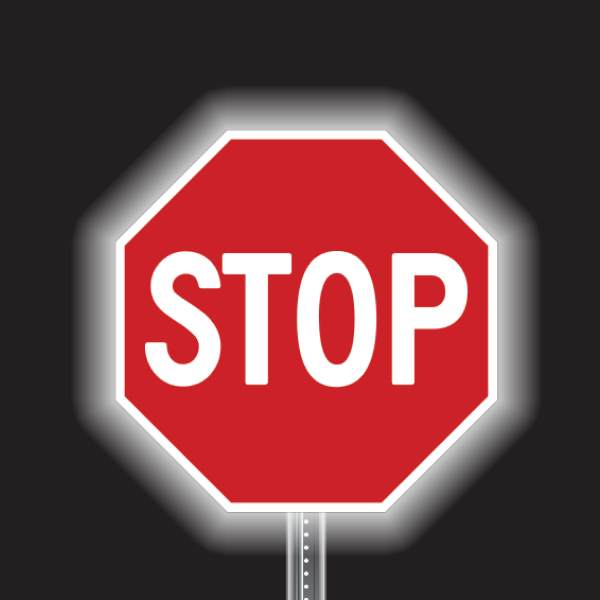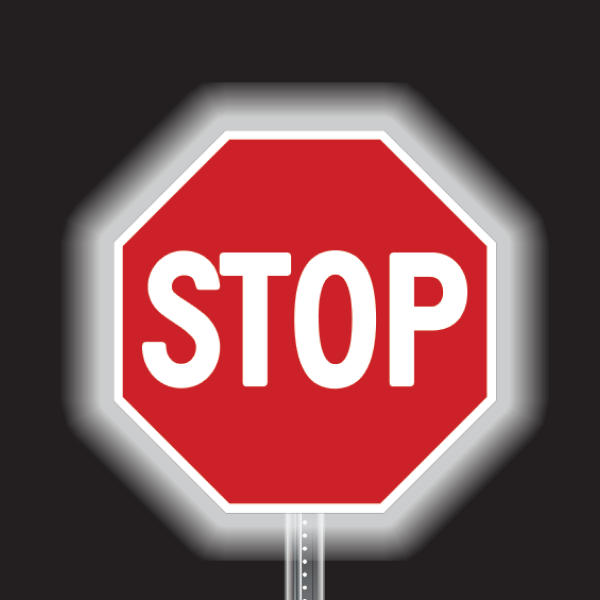Managing traffic within a facility, whether it’s a parking lot, a corporate campus, or a shopping mall, can often be a complex and overwhelming task. Traffic flow, safety, and user experience must all be considered when designing an efficient parking area. One often overlooked but highly effective solution is the use of custom parking signs. By tailoring signs to the specific needs of your facility, you can improve traffic flow, enhance safety, and create a more organized environment. In this article, we will explore how custom parking signs can transform your facility and discuss practical steps to implement them.
Introduction to Traffic Management in Parking Facilities
The Role of Traffic Flow
In any facility where vehicles are moving in and out, traffic flow is a critical element of efficient operation. Whether it’s employees arriving at work, customers parking at a shopping center, or visitors attending an event, poor traffic management can lead to congestion, frustration, and even accidents. Ineffective parking management not only impacts safety but also the overall experience for users.
Importance of Effective Parking Management
A well-managed parking lot can reduce stress, minimize delays, and ensure a smoother entry and exit for all drivers. Proper traffic flow prevents bottlenecks and maximizes space utilization, allowing more vehicles to be accommodated safely. Good signage is a cornerstone of this efficiency. Without clear directions and instructions, drivers may struggle to navigate the facility, leading to confusion and delays.
The Role of Custom Parking Signs in Traffic Management
Why Go Custom?
Generic signs have their place, but they often fail to address the specific needs and challenges of individual facilities. Custom parking signs provide a targeted solution. These signs can be designed to reflect the unique layout of your parking area, guide users more effectively, and address issues that are specific to your location. Whether it’s directing traffic during peak hours, reserving spots for VIPs, or preventing illegal parking, custom signage is a critical component of effective traffic management.
Tailoring Signs to Your Facility’s Needs
Every parking facility is different. A sprawling corporate campus has different parking needs than a small retail center. Custom parking signs allow you to address these differences directly. For example:
- Shopping centers may need signs to indicate short-term parking for customers picking up online orders.
- Hospitals might require signs that prioritize emergency vehicle access.
- Residential complexes can benefit from personalized signs marking guest parking, tenant-only areas, and loading zones.
Custom signs give facility managers control over how parking spaces are allocated, how traffic is directed, and how rules are communicated.
Benefits of Custom Parking Signs
Improved Traffic Flow
Custom signs streamline traffic by clearly directing vehicles where to go. This reduces congestion, especially in larger facilities where visitors are unfamiliar with the layout. For instance, signs pointing towards exits, entrances, and specific areas (e.g., “Employee Parking Only”) prevent vehicles from wandering and causing unnecessary jams. Directional signs placed at strategic points guide drivers smoothly from one area to another, helping to manage traffic even during peak times.
Enhanced Safety
Safety is a critical concern in any parking facility. Without proper signage, drivers may make wrong turns, speed in inappropriate areas, or park in unsafe locations. Custom parking signs allow for the implementation of safety measures, such as speed limits, no parking zones, and pedestrian crossing warnings. These signs are often tailored to fit specific safety challenges of your facility, such as tight corners or high pedestrian traffic zones.
Clear Communication and User Experience
Custom parking signs enhance communication between the facility and its users. By offering clear instructions, drivers know exactly where to park, which areas are off-limits, and what rules must be followed. For example, signs that designate “Electric Vehicle Parking Only” or “30-Minute Parking” inform drivers in real time about where they should go, reducing the likelihood of confusion or disputes. This clarity contributes to a better overall user experience, leading to fewer complaints and happier visitors or customers.
Types of Custom Parking Signs and Their Functions
Directional Signs
Directional signs help manage traffic flow by guiding vehicles to specific areas. These signs often point towards entrances, exits, elevators, or specific types of parking (e.g., “Handicap Parking,” “Loading Zone”). They are crucial in large parking lots or multi-level parking structures where navigation can be tricky.
Reserved Parking Signs
Reserved parking signs are used to designate spots for specific individuals or groups. These can include signs for:
- VIPs or employees
- Electric vehicles
- Visitors or guests
- Loading and unloading zones By having designated spots clearly marked, these signs ensure that parking spaces are used efficiently.
No Parking and Restricted Areas
Signs indicating “No Parking” or “Restricted Area” are essential for maintaining safety and traffic order. These signs prevent vehicles from parking in fire lanes, blocking exits, or impeding traffic flow. Restricted area signs help keep unauthorized vehicles out of areas meant for specific purposes, such as maintenance zones or delivery areas.
Informational Signs
Informational signs provide key details to drivers, such as speed limits, parking hours, or safety rules. These signs are typically designed to be simple yet effective in delivering the necessary information at a glance. For example, signs indicating “15-Minute Parking Only” help enforce time limits, while “Stop” signs placed at intersections within the lot maintain traffic control.
Best Practices for Designing Custom Parking Signs
Material Considerations
The materials used for parking signs should be durable enough to withstand the elements, especially in outdoor facilities. High-quality aluminum or reflective materials are commonly used to ensure longevity and visibility, even in low-light conditions. Signs should be rust-resistant and UV-protected to avoid fading.
Colors and Fonts for Visibility
Color contrast and font size are crucial in designing readable parking signs. Bright colors like red, yellow, and blue are often used for warning signs, while white is typically used for regulatory signs. Fonts should be bold and large enough to be seen from a distance. Avoid using too many words on a single sign to prevent confusion—simplicity is key.
Regulatory Compliance
While customization is important, it’s essential to ensure that all signs comply with local traffic laws and regulations. For example, handicap parking signs must meet ADA (Americans with Disabilities Act) requirements, including specific colors, fonts, and symbols. Ignoring these regulations can result in fines or penalties for the facility.
Steps to Implement Custom Parking Signs in Your Facility
Assessing Your Traffic Flow Needs
Before ordering custom signs, conduct an assessment of your facility’s traffic flow. Determine problem areas where traffic tends to bottleneck or where drivers frequently experience confusion. Speak with users of the facility to understand their parking challenges. This analysis will help in designing the most effective signage strategy.
Planning the Layout
Once you’ve assessed the needs of your facility, map out a layout for the placement of signs. Consider high-traffic areas, key decision points (e.g., intersections within the lot), and potential safety hazards. Ensure that directional and informational signs are placed at visible locations, well before drivers need to make decisions.
Installation and Maintenance
After designing and ordering your custom signs, the next step is proper installation. Signs should be installed at a height and angle that ensures visibility to drivers approaching from various directions. Regular maintenance is also crucial to ensure signs remain legible and in good condition. Replace faded or damaged signs promptly to maintain their effectiveness.
The Long-Term Impact of Custom Parking Signs on Facility Management
Custom parking signs offer long-lasting benefits for any facility, improving traffic flow, enhancing safety, and contributing to a more organized environment. By tailoring signs to the specific needs of your location, you create a smoother and more efficient experience for all users, whether they are employees, customers, or visitors. Over time, this investment in custom signage can pay off by reducing accidents, minimizing traffic jams, and enhancing the overall reputation of your facility. Whether you are managing a small lot or a sprawling complex, custom parking signs can be a simple yet powerful tool in ensuring efficient traffic management.
